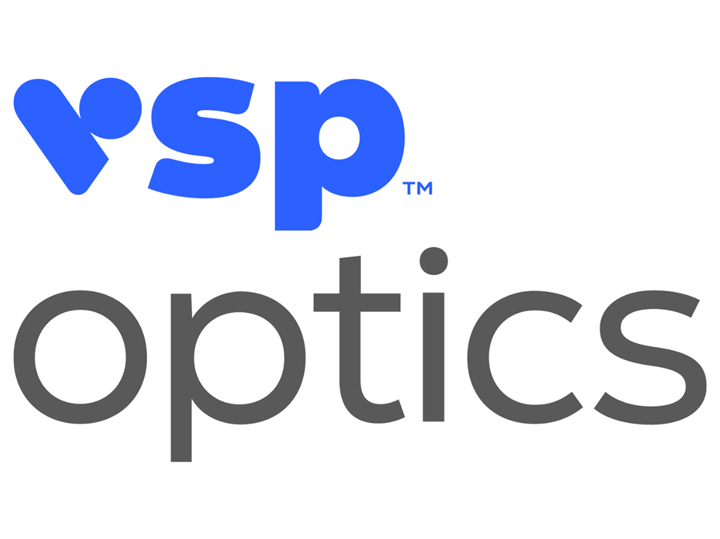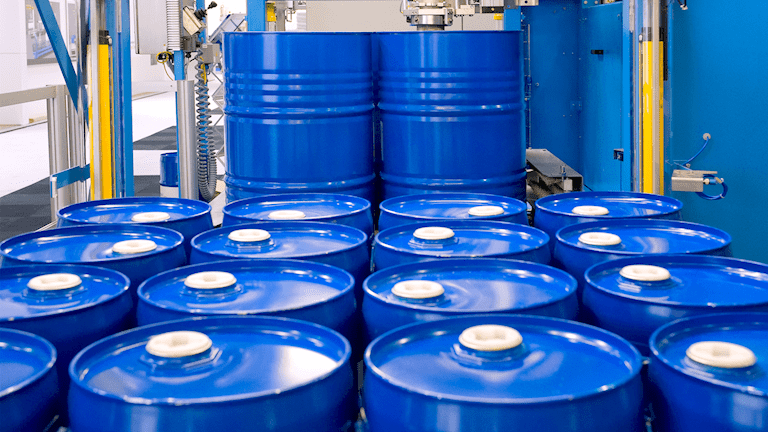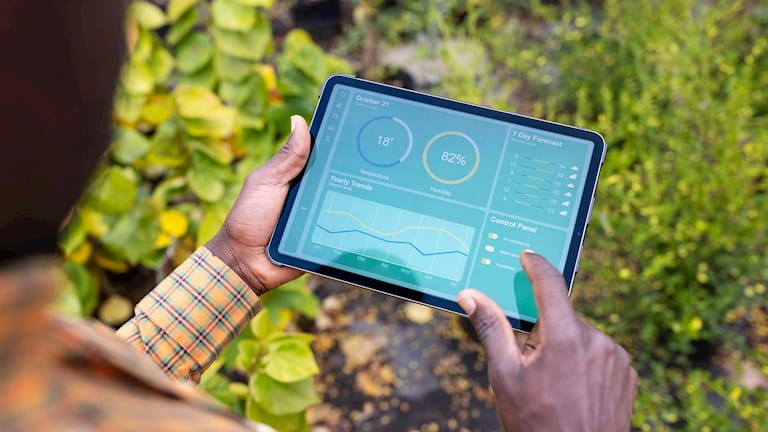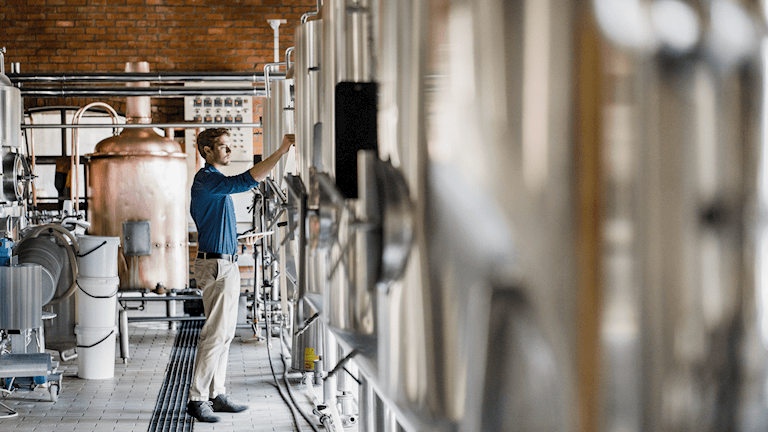VSP Optics
VSP Optics’ sustainability roadmap cuts emissions in half by 2030

Our Impact
VSP Optics’ team was all in on sustainability and wanted to make a meaningful contribution to the battle against climate change. But helping them reach their environmental goals would take a comprehensive sustainability strategy and new digital measurement capabilities.
West Monroe first had to help the client understand where they stood comparatively in the market in order to devise an actionable plan. We did that by measuring total in-house gas emissions to set the baseline. We also recommended using data, analytics, and cloud tools to integrate sustainability measurement into their current management dashboards—treating it as a core business metric. Ultimately, we used the baseline to help VSP Optics determine their three-to-five-year goal and codeveloped the roadmap to help them get there.
By '27
potential to increase market share by 200bps and boost revenue
$500K
potential annual savings identified
50%
50% reduction in emissions by 2030

The Full Story
The Challenge
A major hurdle for VSP Optics was that implementing a sustainability strategy was new for the entire organization—not just the optics division. While they were eager to support sustainability, the overall market was moving in that direction, and the external pressure to act quickly was mounting. Failing to adapt would put the company at a disadvantage.
The client’s team wanted to be proactive about getting ahead and securing market share. We helped them compare their baseline numbers with the competition and the Essilor sustainability report to better understand their position in the market. We also assembled a multidisciplinary team to address immediate needs and help bring a forward-thinking perspective to VSP Optics’ sustainability strategy.
An Undeniably Different Approach
It’s common to see businesses wanting to improve sustainability but not knowing where to begin. We helped VSP Optics gain clarity by developing a roadmap that showed the precise steps they’d need to take to reach their sustainability goals. Our unique approach empowered them in the following ways:
Diverse expertise. The first step was to assemble a multidisciplinary team to help VSP Optics tackle sustainability from multiple perspectives. Our team brought a blend of industry, operations, supply chain, and technology expertise to cover all bases in the go-forward strategy. We also talked to lab directors across the country to gather the appropriate data and extract needed insights in developing the sustainability strategy.
Established protocols. We didn’t try to reinvent the wheel for proven processes. For example, we used the Greenhouse gas three-scope protocol to guide measurement and progress. This protocol covers the following three areas:
-
Scope 1 - Natural gas usage/emissions
-
Scope 2 - Procurement of electricity
-
Scope 3 - Entire supply chain, from raw material procurement to manufacturing to customer to landfill
Sustainable progress. We helped VSP Optics align aspirational goals with reality by establishing science-based targets (SBTis) for reaching net-zero emissions by 2050. These targets included practical steps like using rooftop solar technology at certain labs, reducing landfill waste, and altering their shipping strategy.
Since we were already working with them on a broader supply chain transformation, we were better acquainted with their overall business goals. Thus, we were able to create a comprehensive strategy that aligned with the decisions they were already taking organization wide. And more importantly, they could ensure that sustainability was part of their high-level decision-making activities.
Real Results
VSP Optics wants to ensure its future is a sustainable one. Their engagement with our team led to a roadmap that will increase visibility into their sustainability data and provide innovative business ideas. Their new strategy will allow them to cut 20,000 metric tons of emissions in half by 2030.
Sustainability isn’t only the right thing to do—it’s also benefiting VSP’s core business. For example, we identified potential to increase market share by 200bps and boost revenue by 2027 during the project. Additionally, by improving sustainability, they could cut annual costs by $500,000. This strategy sets in motion a better future for VSP, its customers, and the environment.

















